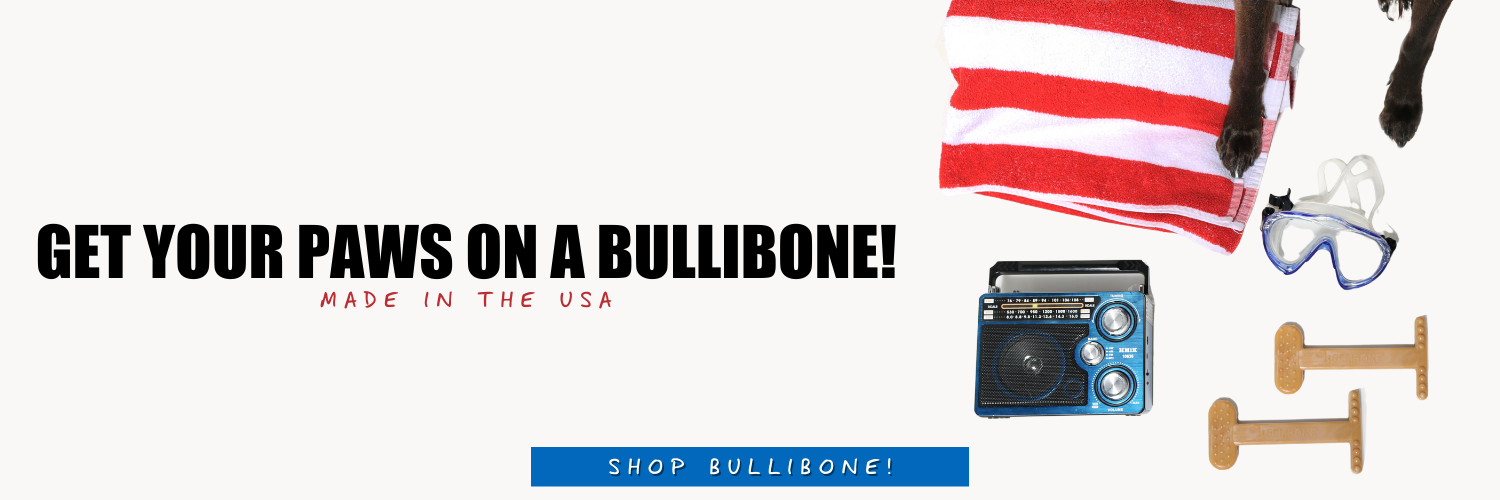
A well-mannered dog is easier to live with than a rambunctious one that blows past all the boundaries you set up. Or one that destroys your house and ruins your relationship with your neighbors. Teaching your dog manners can be the key to the bond the two of you develop. Defining the behavior you consider “good” is the first step in setting goals for doggie etiquette.
There are some easy answers when it comes to the behaviors you don’t want. Biting people is a definite no. Jumping up on people (and possibly knocking them down or scratching them) also falls into the negative category. And begging at the table is a no-no for many. Before you begin your etiquette training, however, it’s important to know what may be behind these traits. Are they simply bad manners that can be corrected or is there some underlying reason for what’s happening? Some of these behaviors come from natural excitement or wariness of strangers. Some, like chewing your favorite shoes, may stem from loneliness or boredom.

One of the best, and easiest ways to deal with these problems is to ensure that your dog is socialized. Taking them around others, or into new and different situations and to places where they can see and interact with other dogs and people is an important part of their development. Making sure they get enough exercise to burn off some of that rambunctious energy will also help.
One other thing to remember is dogs learn appropriate behavior when they are rewarded for doing the right thing. Punishment doesn’t work with them, but rewards such as a special treat when they behave the way you want will teach them good manners over time.
While you may not be able to stop them from licking everyone who comes along, you can help your pup learn good manners by sticking with the rewards until they pick it up. The end result is worth it. Taking the effort to train them helps both of you enjoy your time together more.

